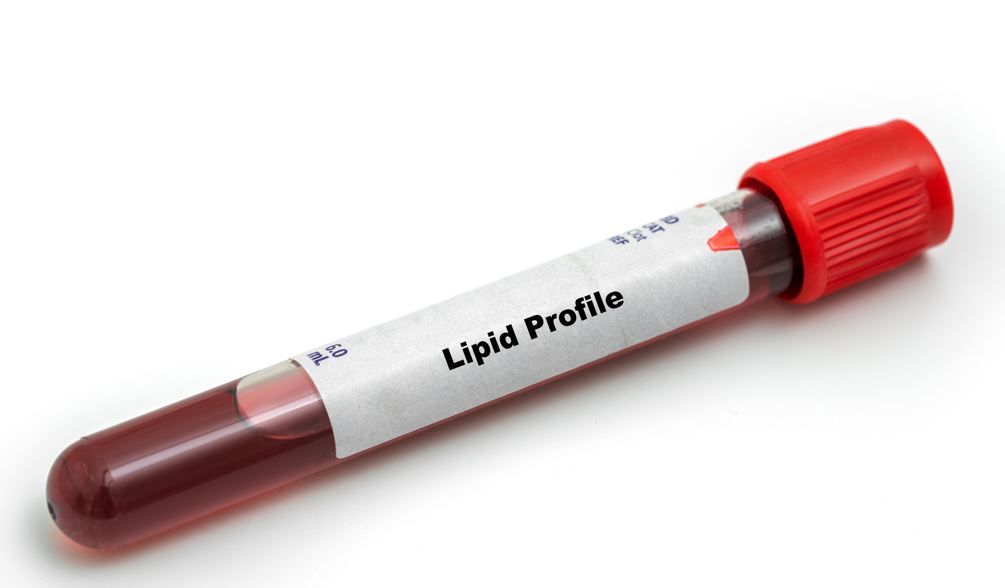- Clinical Technology
- Adult Immunization
- Hepatology
- Pediatric Immunization
- Screening
- Psychiatry
- Allergy
- Women's Health
- Cardiology
- Pediatrics
- Dermatology
- Endocrinology
- Pain Management
- Gastroenterology
- Infectious Disease
- Obesity Medicine
- Rheumatology
- Nephrology
- Neurology
- Pulmonology
After ACS, Long-Term Lipid Management for FH Suboptimal in Women Compared to Men
Fiver years after ACS, a new study shows women are less likely to be on lipid lowering therapy and to meet LCL-C target levels than men.
Five years following acute coronary syndrome (ACS), women with familial hypercholesterolemia (FH) were 60% less likely to be taking statin medication and 22% less likely to be treated with combination lipid-lowering therapy compared to men. Women were also 23% less likely to reach LDL-C target values at 5-year follow-up compared with men, regardless of FH status.1
These findings on sex disparities in long-term lipid management come from an analysis of more than 3100 individuals hospitalized for ACS participating in a prospective multicenter study in Sweden. The results were published online in Circulation: Cardiovascular Quality and Outcomes.1
©luchschenF/stock.adobe.com

Study authors, led by David Nanchen, MD, MSc, of the Center for Primary Care and Public Health at the University of Lausanne, Switzerland, reported previously that 1 year after ACS in Switzerland, nearly all individuals with FH failed to reach guideline recommended LDL-C levels and for one quarter of them, statin dosage was not optimized.2 Since then, recommendations have been revised to support combination lipid lowering therapy, the approach showing evidence of greater efficacy vs monotherapy. There is little research, however, on long-term risk factor management after ACS in individuals with FH, leading to their current study that aims to investigate the association between sex and LDL-C, lipid-lowering therapy, and other cardiovascular (CV) risk factor management 5 years after ACS in those with and without FH.1
Nanchen and colleagues analyzed data from the Special Program University Medicine-Acute Coronary Syndrome (SPUM-ACS) cohort, a pooling of individuals hospitalized for ACS from 4 university centers in Switzerland. SPUM-ACS enrolled patients from 2007 through 2017 and includes data for more than 6000 individuals.
The diagnosis of FH was made at study baseline using the Dutch Lipid Clinic Network score and the Simon Broome criteria, according to the study. Covariable adjustment was made for family history of premature CAD, which was defined as a history of myocardial infarction or percutaneous coronary intervention in first-degree male family members before 55 years of age and first-degree female family members before 60 years of age.1
RESULTS
Of the 5287 SPUM-ACS cohort members eligible for the analysis, 59.4% had data available from a 5-year follow-up visit, yielding a final sample 3139 individuals. This group had an average age of 61.4 years, 19.8% were women, and 737 had FH. Men in both groups were younger than women by approximately 6 years and on average, those with FH were more than 10 years younger than those without the lipid disorder at hospital admission. Of interest, those with FH had fewer comorbidities at baseline than those without FH.
Nanchen et al reported that women were more likely than men to not use statins (OR, 1.61; 95% CI, 1.28 to 2.03) and less likely to be treated with combination lipid-lowering therapy (OR, 0.72; 95% CI, 0.55 to 0.93) than men at 5-years post-ACS. Women also were less likely to reach target LDL-C goals at the 5-year follow up compared with men. There were no differences in likelihood between participants with FH and without FH. The researchers also found that the probability of not being on statin therapy increased significantly between discharge and 1-year post-ACS, again with no difference between those with and without HF.
When the researchers compared CV risk management among participants with and without HF, the former were more likely to be on high-intensity statins (51.0% vs 42.9%; P = .001) and also more likely to be receiving a combination of 2 or more lipid-lowering therapies (33.8% vs 17.7%; P <.001). Yet even though lipid lowering therapy was more intensive among individuals with FH, investigators found they remained less likely than those without FH to reach LDL-C target goals of 1.8 mmol/L or less (33.5% vs 44.3%; P <.001) or 2.6 mmol/L or less (70.2% vs 78.1%; P = .001). In addition, Nanchen et al found that only half the participants with FH remained on high-dose statin as prescribed at hospital discharge, and only one-third were on a combination of lipid-lowering therapies 5 years post-ACS.
In reviewing their study’s limitations, the authors note that the definition of FH used was based on clinical variables and did not include results of genetic tests and that information at the 5-year follow-up visits was based on patient report of current medications. They also note that data on PCSK-9 inhibitors was limited, owing to the small proportion of individuals being treated with them.
“With the large panel of lipid-lowering drugs currently available, more stringent management, such as an increase in the prescription of combination [lipid-lowering therapy], could lead to higher rates of LDL-C target attainment and reduced recurrent cardiovascular events in males and females, both with and without FH, after [acute coronary syndrome],” investigators concluded.
References:
Krasieva K, Gencer B, Locatelli I, et al. Association between patient sex and familial hypercholesterolemia and long-erm cardiovascular risk factor management 5 years after acute coronary syndrome. Circ Cardiovasc Qual Outcomes. Published online June 20, 2024. doi:10.1161/CIRCOUTCOMES.123.010790
Nanchen D, Gencer B, Auer R, Räber L, et al. Prevalence and management of familial hypercholesterolaemia in patients with acute coronary syndromes. Eur Heart J. 2015;36:2438–2445. doi: 10.1093/eurheartj/ehv289
